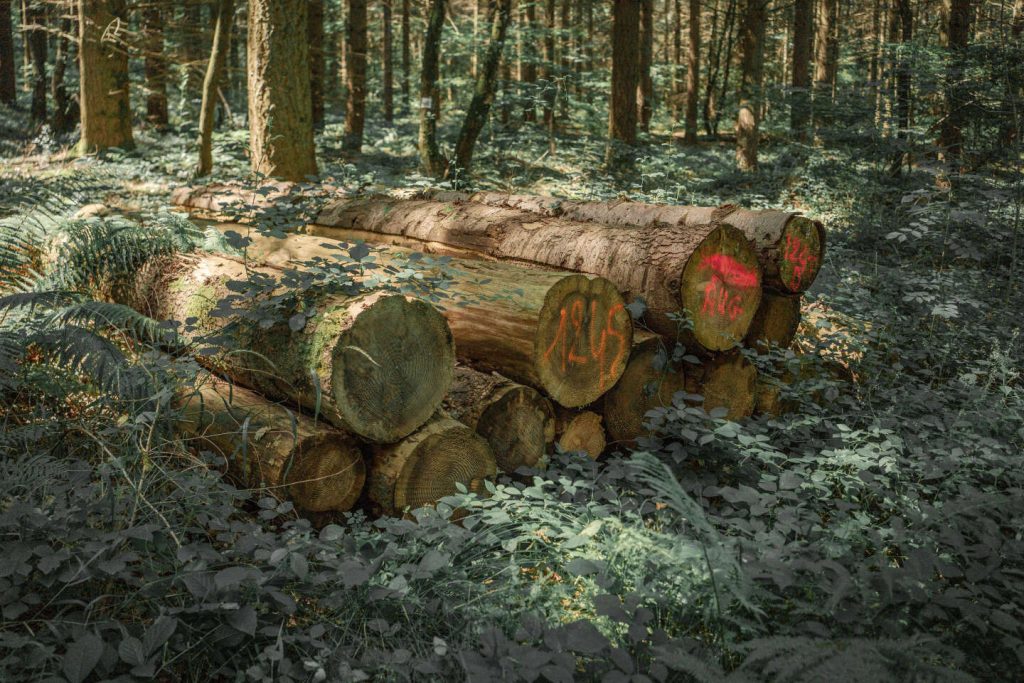In the collective unconscious, planting a tree is seen as a symbol of ecological action. By announcing his intention to plant 1 billion trees in ten years to “renew” French forests, the president of the Republic wanted to make a lasting impression. However, managing a forest is not as simple as just planting trees. By making planting the norm, Emmanuel Macron has chosen a forest policy that supports controversial practices at the expense of promoting more sustainable forestry based on natural dynamics and resilience.
One major issue is that in more than 85% of the funded projects, the forest has been clear-cut before being replanted. While clear-cutting can sometimes be necessary, the criteria for project selection are so vague that abuses have been and still are common. All it takes is for a forest to have 20% of deteriorating trees to be classified as distressed or vulnerable. As a result, even if 80% of the trees are still alive, the forest can be clear-cut and replanted, often with coniferous trees that are more sought after by the industry.
The argument put forward is that if nothing is done, the forests will deteriorate, so it is necessary to anticipate this by clear-cutting and replanting. However, establishing a new stand of trees in place of the existing one is a risky bet: the young trees planted, exposed to full sunlight, suffer from heat and water stress, while those growing in the shade of mature trees are protected. Instead of correcting course, the government persists in its approach: in the new version of the specifications, failed planting projects become eligible for subsidies.
This policy is increasingly at odds with European law. No environmental assessment has been carried out, despite significant impacts on biodiversity and carbon sequestration. By intentionally destroying carbon stocks, the government risks not meeting its carbon absorption target in the land sector by 2030 and may face hefty fines. Furthermore, this plantation policy is very costly for public funds, with the forestry component of the recovery plan costing around 150 million euros to “renew” approximately 36,000 hectares of forest, amounting to a public investment of 4,145 euros per hectare.
Despite the high level of spending, many forests, especially public forests in the Grand Est region, have not been successfully restored. Some private forest stakeholders have used these subsidies to fund projects that do not directly relate to adapting forests to climate change, as highlighted by the Court of Auditors. In conclusion, while the symbolic act of planting trees may seem positive, it is crucial to consider the broader implications and long-term consequences of forest management decisions.


